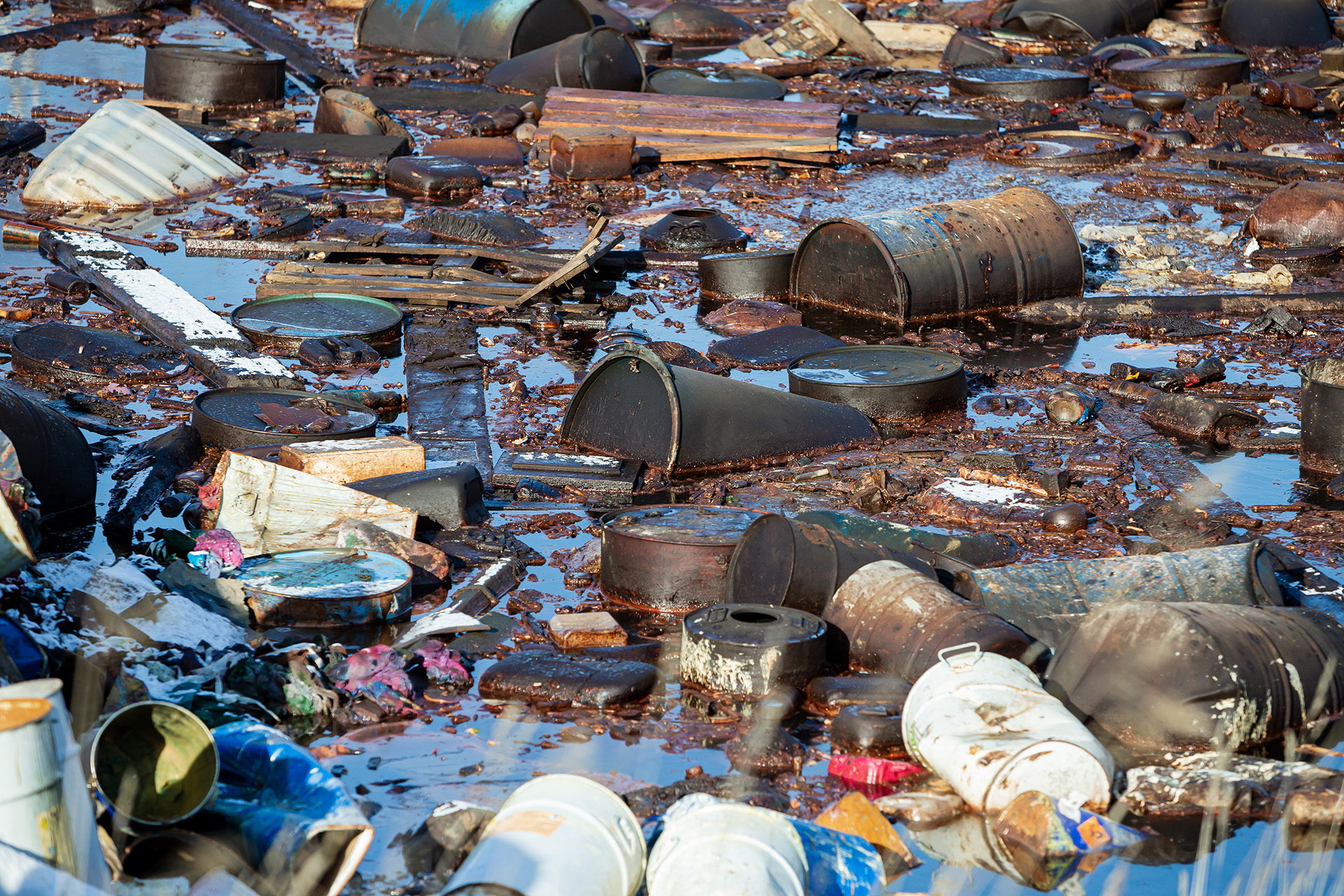

target 12.4
By 2020, achieve the environmentally sound management of chemicals and all wastes throughout their life cycle, in accordance with agreed international frameworks, and significantly reduce their release to air, water and soil in order to minimize their adverse impacts on human health and the environment.
Indicator 12.4.1
Number of parties to international multilateral environmental agreements on hazardous waste, and other chemicals that meet their commitments and obligations in transmitting information as required by each relevant agreement.
Countries continue to address air, soil and water pollution, and exposure to toxic chemicals, under the auspices of various multilateral agreements. These include:
- The Basel Convention on the Control of Transboundary Movements of Hazardous Wastes and their Disposal (Basel Convention);
- The Rotterdam Convention on the prior informed consent procedure for certain hazardous chemicals and pesticides in international trade (Rotterdam Convention);
- The Stockholm Convention on Persistent Organic Pollutants (Stockholm Convention);
- The Montreal Protocol on Substances that Deplete the Ozone Layer (Montreal Protocol);
- Minamata Convention on Mercury (Minamata Convention),
Almost all United Nations Member States are party to at least one of these conventions and 157 of them are party to three. Under the current conventions’ obligations, countries are requested to regularly report data and information related to hazardous wastes, persistent organic pollutants and ozone-depleting substances.
SDG 12.4.1 captures the transmission rate in relation to the information submitted by the Parties to the Secretariat of each MEA, as required by each of the agreements.transmission rate is defined as the percentage of all commitments fullfilled in transmitting data and information by a Party as required by each agreement.
Global and Regional Progress
Guidance material
Related resources
Indicator 12.4.2
Hazardous waste generated per capita and proportion of hazardous waste treated, by type of treatment.
Chemicals are part of everyday life. There are over 140,000 different substances used in all economic sectors globally. Their benefits are many and so too are their potential to adversely impact human health and the environment if not properly managed. All countries, but especially developing countries and economies in transition, are facing the complex challenge of managing hazardous waste according to international standards of good practice. As such, action is needed to support the sustainable use of chemicals and environmentally sound management of hazardous waste. Also, there is a rapid increase in the generation of hazardous waste. Hazardous waste is generated from many sources, ranging from industrial manufacturing process waste to domestic items such as batteries and may come in many forms, including liquids, solids, gases and sludge. They can be discarded as commercial products, like cleaning fluids or pesticides or the by-products of manufacturing processes, from Basel Convention (Article 1, paragraph 1(a)). Where most of the conventional hazardous wastes are produced in industrial and manufacturing operations, significant amounts are generated in non-industrial sectors, including sludge from the healthcare sector; waste-water treatment plants, waste oils, and waste batteries.
The indicator includes total hazardous waste generated, hazardous waste generated by type (including e-waste as a sub-indicator) and the proportion of hazardous waste treated through recycling, incineration, landfilling and/or other.